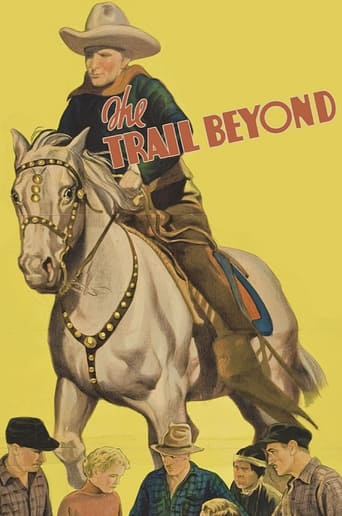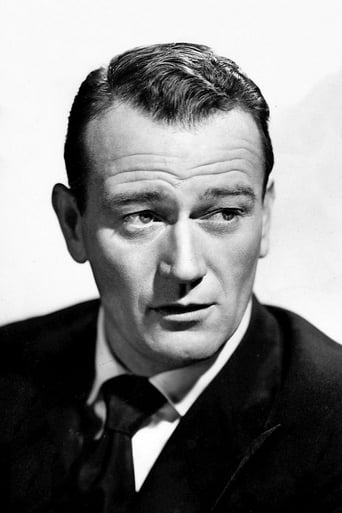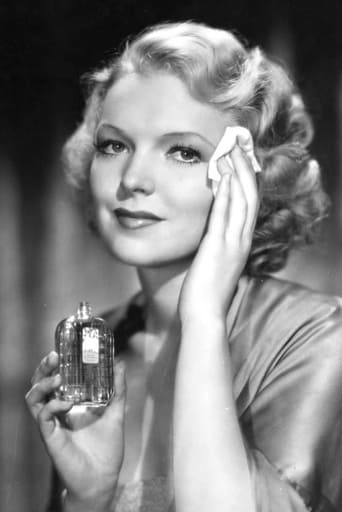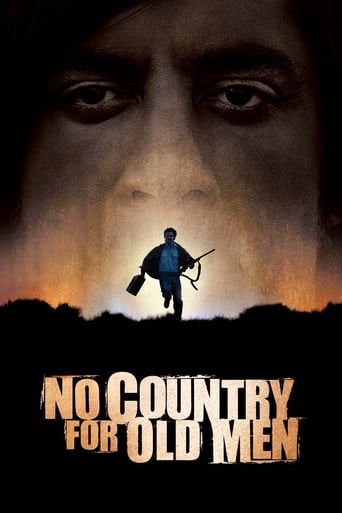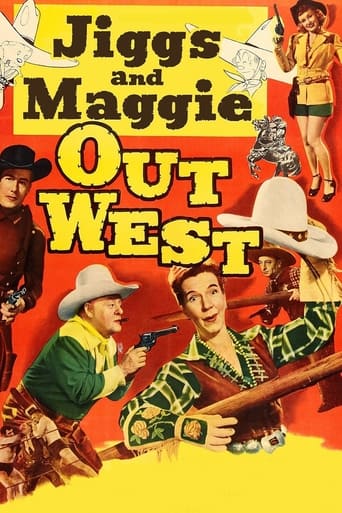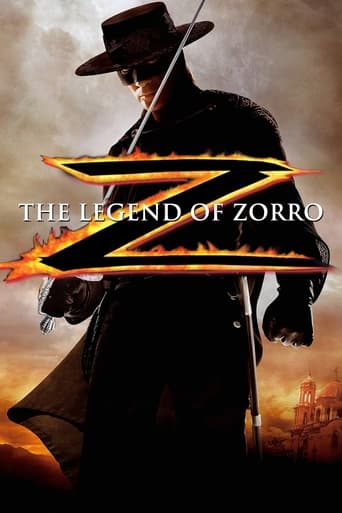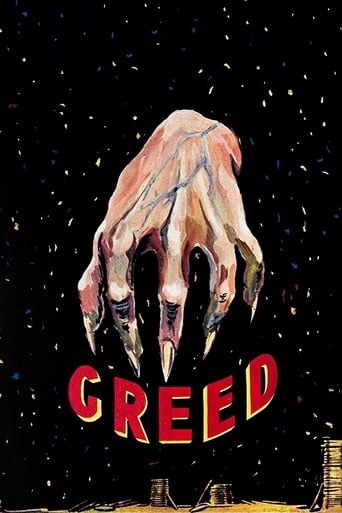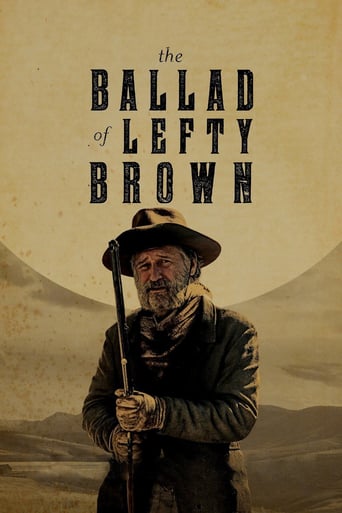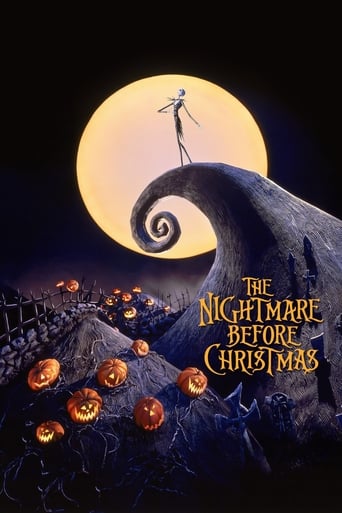The Trail Beyond (1934)
Rod Drew hunts for a missing girl and finds himself in a fight over a goldmine as well.
Watch Trailer
Cast
Similar titles
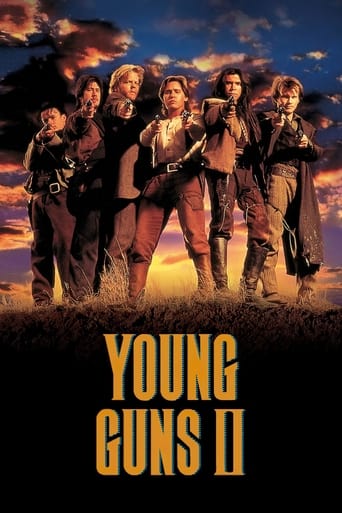

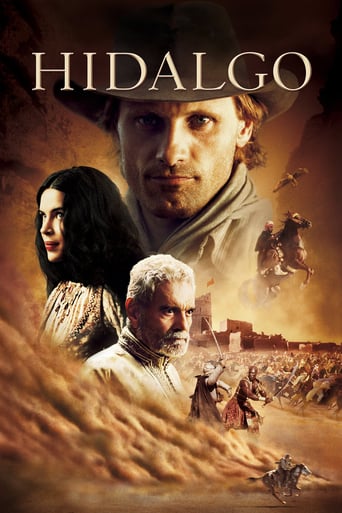
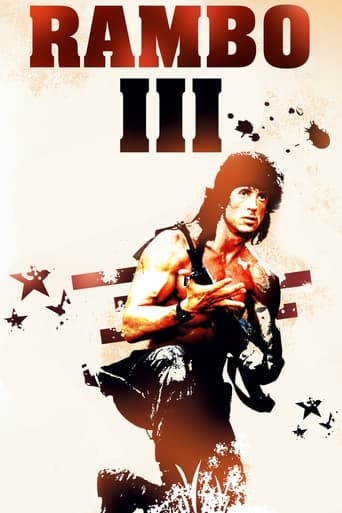
Reviews
Very best movie i ever watch
Yo, there's no way for me to review this film without saying, take your *insert ethnicity + "ass" here* to see this film,like now. You have to see it in order to know what you're really messing with.
Good films always raise compelling questions, whether the format is fiction or documentary fact.
There are moments in this movie where the great movie it could've been peek out... They're fleeting, here, but they're worth savoring, and they happen often enough to make it worth your while.
John Wayne heads to Canada to find the niece of his father's best friend and bring her home to him. On the train north he meets an old college buddy (Noah Beery, Jr.) who gets into trouble, so the two wind up leaping from a speeding train. This is in the first four minutes! Later, they find the girl but get mixed up with mounties, villains with bad French accents, and a fight over a goldmine. Of all the cheapie westerns John Wayne made early in his career, this is one of the best I've seen. The stunts, by the great Yakima Canutt and Eddie Parker, are outstanding. Cool to see Noah Beery Sr. and Jr. in the same movie together. The Mammoth Lakes area location shooting is a HUGE plus. They usually shot these cheapies in the same old bland ordinary places. The change of scenery makes a world of difference. The Archie Stout photography helps a lot, too. It's a simple but entertaining oater. At just under an hour, I see no reason you shouldn't check it out.
John Wayne makes a promise to an old family friend to find his long absent brother and niece in the wilds of Canada and ends up on the run there when his traveling companion (Noah Beery Jr.) shoots a man in self defense. To make matters even worse, Wayne finds the man he's looking for's skeleton along with a treasure map that he has to protect from some ruthless French-Canadians!A nice entry in Lone Star/ Monogram Pictures' John Wayne series, The Trail Beyond looks like one of those twelve-chapter serials whittled down to just under an hour. It's absolutely loaded down with adventurous action and great stunt work, including a breathtaking jump from a moving train and a slow-motion horse-leap from a cliff into the water below. However, some of the falling horse stunts were easily recognizable from earlier films and kick up a lot of sand, or is it supposed to be snow?Excellent, well photographed northern California locations double for the Canadian wilderness. I don't know how faithful they are to the real Canada, but they look good.
By now I've seen most of John Wayne's Westerns for Lone Star Productions, and this one so far ranks just above "The Lawless Frontier" as the poorest of the bunch. Interestingly they were made back to back in 1934 in about the middle of the run, both directed by Robert North Bradbury. Plot points and continuity didn't seem to mean much back then, but you know what, they're still pretty much fun to take a look at every now and then.The story has a Canadian setting for a change, featuring place names like Fort Minnetaki and Wabinosh, along with the prerequisite French accents of the villains. The two main heavies are LaRocque (Robert Frazer) and Benoit (Earl Dwire), and they even have a nasty female accomplice named Marie (Iris Lancaster), who might have been a red herring in Rod Drew's (Wayne) quest to find the missing daughter of a man who died years ago. In the movie's opening scene, the man who sets Drew on his mission surmised that his long lost niece might have been named Marie after her mother.Missing from the credits this time around are Gabby and Yak, so Noah Beery Jr. fills in as Rod Drew's buddy from college, teaming up with each other after Wabi (Beery) is framed for a murder aboard a train. Once on the run, the pair have everything they can do to remain on dry ground. Wayne's character winds up jumping into a river no less than three times including once on horseback.This is the only time I've seen Noah Beery Jr. and Sr. together in a film, though it happened a few times in their careers. The elder Beery runs a trading post in the story, along with his adopted daughter Felice (Verna Hillie). It made me wonder why Newsome (Beery Sr.) offered Marie LaFleur a job to straighten out his books instead of having Felice do it. Just one of those story points that wasn't thought out too well.Another was when Drew and Wabi find the cave with the gold from the map they found in a deserted cabin (complete with skeletons of two former partners who killed each other - nice touch!). One of the dead men from the cabin was Felice's real father, brother of the man who asked Drew to look for his niece. Along with a small sack of gold the men find, there's a photo of an adult Felice just as she appears in the story. How would her father have gotten that picture if he died before she grew up???Keep an eye on the canoe scene when Drew and Wabi leave the cabin with the rescued Mountie. When the Mountie is shot by one of the villains, he falls backwards toward Wabi, but in the very next scene he's lying in the other direction toward Drew.By the time the good guy and bad guy posses head for the finale, I wound up scratching my head as to where all those riders came from. Most of the time LaRocque had only Benoit and another henchman around, but during the shootout he had at least a half dozen. While the Mountie outpost in the middle of the Canadian wilderness only had a handful of men on hand, by the time they rode off with Drew in the lead there were probably a couple dozen riders on the chase.Well I guess that's why it's such a blast watching these early John Wayne oaters, it's fun just to catch all the goofy stuff going on, in addition to the often exciting chase scenes and horse dives off a cliff. This one also boasted some pretty impressive scenery, most notably that mountain valley view when Wabi points out the way to Wabinosh. If you stay alert, you'll also catch some pretty interesting product placement for Buffalo Lager Beer and industrial size Karo Syrup - I wonder if they had to pay for those?
Stuntman Yakima Canutt, in a 1978 interview,had no problem recalling 1934's "The Trail Beyond." He recalls it as... "the one where John, Eddie Parker(stuntman) and I stayed wet more than we were dry" and said he told producer Paul Malvern to count him out of any more films where people spend most of the time paddling canoes up and down a river, and just call Buster Crabbe instead."The Trail Beyond" was easily the most water-logged Wayne film until he lost encounters with an octopus/octopii in "Reap the Wild Wind" and the later "Wake of the Red Witch." Within "The Trail Beyond", Canutt, Parker or Wayne(and sometimes all three because of close-ups)leap off a train into a lake;paddles up the river in a canoe; leaps off a bluff and swims to a canoe; paddles up the river a second time and jumps in the water to swim back and upset LaRocque's canoe; jumps in the water from a bank to prevent a canoe from going over the falls and, in general, is wet more often than dry.In the department of Be Careful What You Wish For, an IMDb commentator writes an informed and loving piece about the California locale of this movie, and then wishes it had just been shot in color. One viewing of the colorized video version may have left him him thinking his beloved countryside looked very well and better in Archie Stout's b&w original photography.A distraction may have been the reward poster on John Wayne, as "Gat Ganns" from his earlier "West of the Divide" that shows up on the wall of Beery's "Waninosh House" trading post (which also shows up in "The Man from Utah"), but a much larger distraction was Robert Frazer's and Earl Dwire's attempts at French accents, or whatever accent they tried to employ.And the reward posters aren't a "goof." Monogram and resident-art director E. R. Hickson didn't go in much for redecorating standing sets. Those posters showed up for years in later Monogram westerns post 1937.
